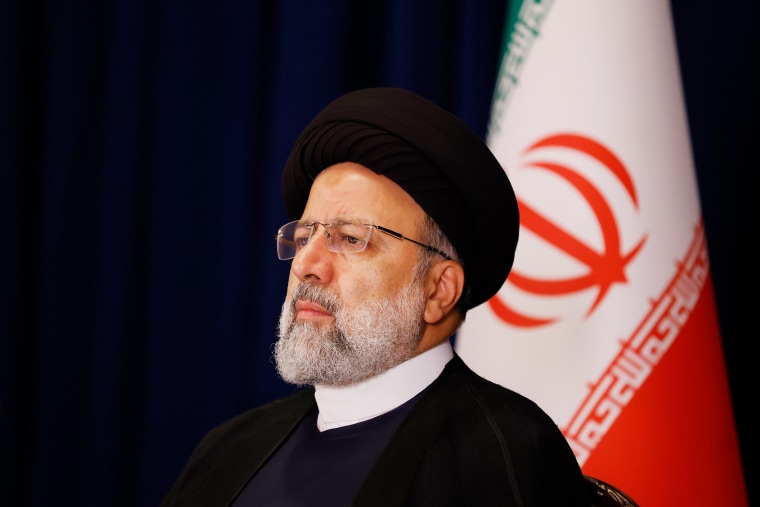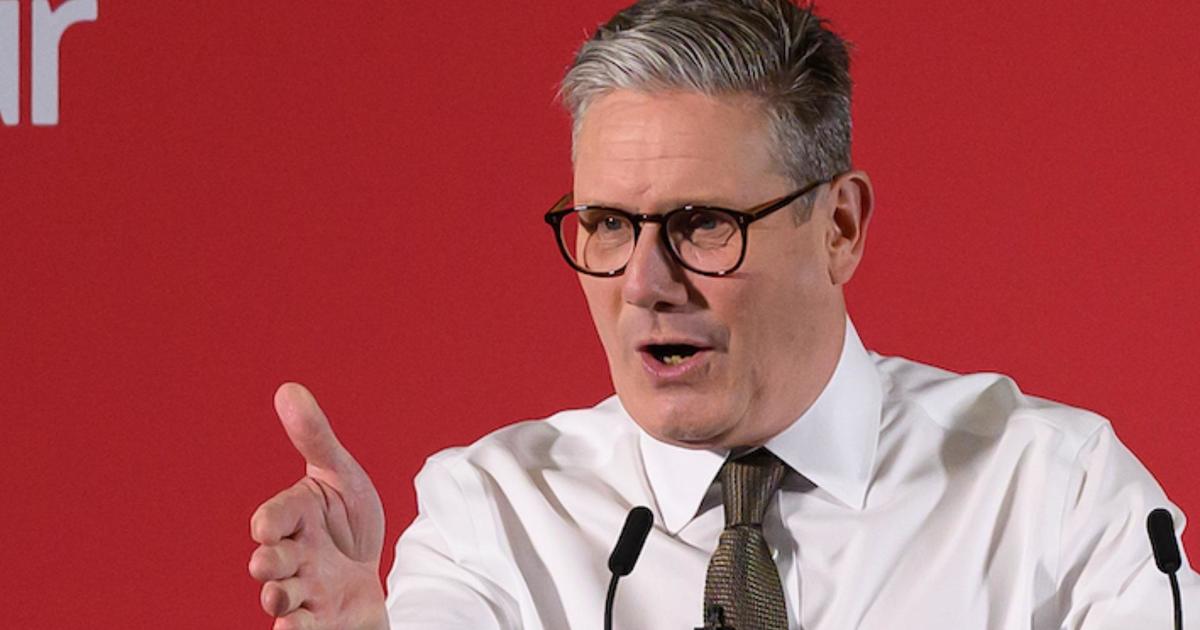[ad_1]
A helicopter with Iranian President Ebrahim Raisi on board suffered a “crash landing” Sunday, state media reported, with weather complicating rescue efforts.
Raisi’s condition was unclear, according to state news reports, which also aired prayers for his safety. Late Sunday afternoon, Vice President Mohsen Mansouri reported that two people from the flight had made contact with the rescue team. It was unknown whether Raisi was one of those two passengers.

As the search began, Iranian state media reported the location of the helicopter crash had been identified.
The commander of the East Azerbaijan Army said a signal from the helicopter and a cellphone belonging to one of the crew members at the accident site was received “minutes ago.”
“Right now, we are leaving with all the military forces to the area in question, and I hope to give good news to the people,” the commander said.
At least 40 rescue teams have been deployed, including drones and search dogs, but harsh weather and heavy fog were making it difficult for them to reach the site, state media said.
Eight ambulances have been sent to the crash site, and fog was preventing air rescue, it added.
Iran’s foreign minister, Hossein Amir-Abdollahian, was also traveling in the helicopter, along with East Azerbaijan’s governor, Malik Rahmati, and Raisi’s security detail, it said. State TV IRIB said the helicopter belonged to the Iranian Red Crescent, which Iranian Interior Minister Ahmad Vahidi said was part of a larger convoy. Their conditions were also unknown.
“Various rescue groups are moving towards the site, but due to the fog and bad weather, it may take time to reach the area,” Vahidi said in comments aired on state media.
The officials were returning from the border with the country of Azerbaijan — in the northwest of Iran, 375 miles from the capital, Tehran — where Raisi was inaugurating a dam on the Aras river with Azerbaijan President Ilham Aliyev. Initially, reports put the incident near the city of Jolfa, but later they said it was farther east, near the village of Uzi. Details remain contradictory.
The Qiz Qalasi Dam, the third dam jointly built by Iran and neighboring Azerbaijan, took almost two decades to complete, according to state media.
“Azerbaijan stands ready to offer any assistance needed,” Aliyev said in a post on X. “We were profoundly troubled by the news of a helicopter carrying the top delegation crash-landing in Iran.”
State media showed Red Crescent rescuers moving through dense fog with only a few meters of visibility and said the helicopter is believed to have crashed in a rural forest.
With no clarity about Raisi’s condition, worried Iranians began offering prayers, with dozens gathering in the city of Qom, a holy city for Shiite Muslims, state media showed. Raisi’s Instagram page also posted a story asking people to pray for him.
Although Raisi is the elected president and leads the government, he still answers to Iran’s supreme leader, Ayatollah Ali Khamenei, who is the head of state.
In case of Raisi’s death, First Vice President Mohammad Mokhber would be next in line for the presidency after having received a nod from Khamenei. A new president then must be elected in 50 days.
While Iran flies a variety of helicopters, international sanctions have made it difficult for Tehran to obtain the required parts for them. Most of the helicopters operated by the military date to before the 1979 Islamic Revolution.
Raisi, 63, is under sanctions by the U.S. over his involvement in the mass execution of thousands of political prisoners in 1988 at the end of the bloody Iran-Iraq war.
He was re-elected in 2021, in an election with the lowest turnout in the Islamic Republic’s history. A hard-liner, Raisi formerly led the country’s judiciary and is viewed as a protégé of Khamenei and a likely contender to the throne.
Mahsa Amini’s death in police custody two years ago triggered a wave of protests across the country that mushroomed into the largest challenge to the theocratic regime since its founding in 1979. The government rounded up protesters in a violent crackdown that killed hundreds of people.
In an interview with NBC News last year, Raisi defended the government’s response, warning that those who try to sow instability in the Islamic Republic would pay a “big cost.”
Under Raisi, Iran now enriches uranium at nearly weapons-grade levels and hampers international inspections. Iran has armed Russia in its war on Ukraine, as well as launched a massive drone and missile attack on Israel in its war against Hamas in the Gaza Strip. It also has continued arming proxy groups in the Middle East, including Yemen’s Houthi rebels and Lebanon’s Hezbollah.



